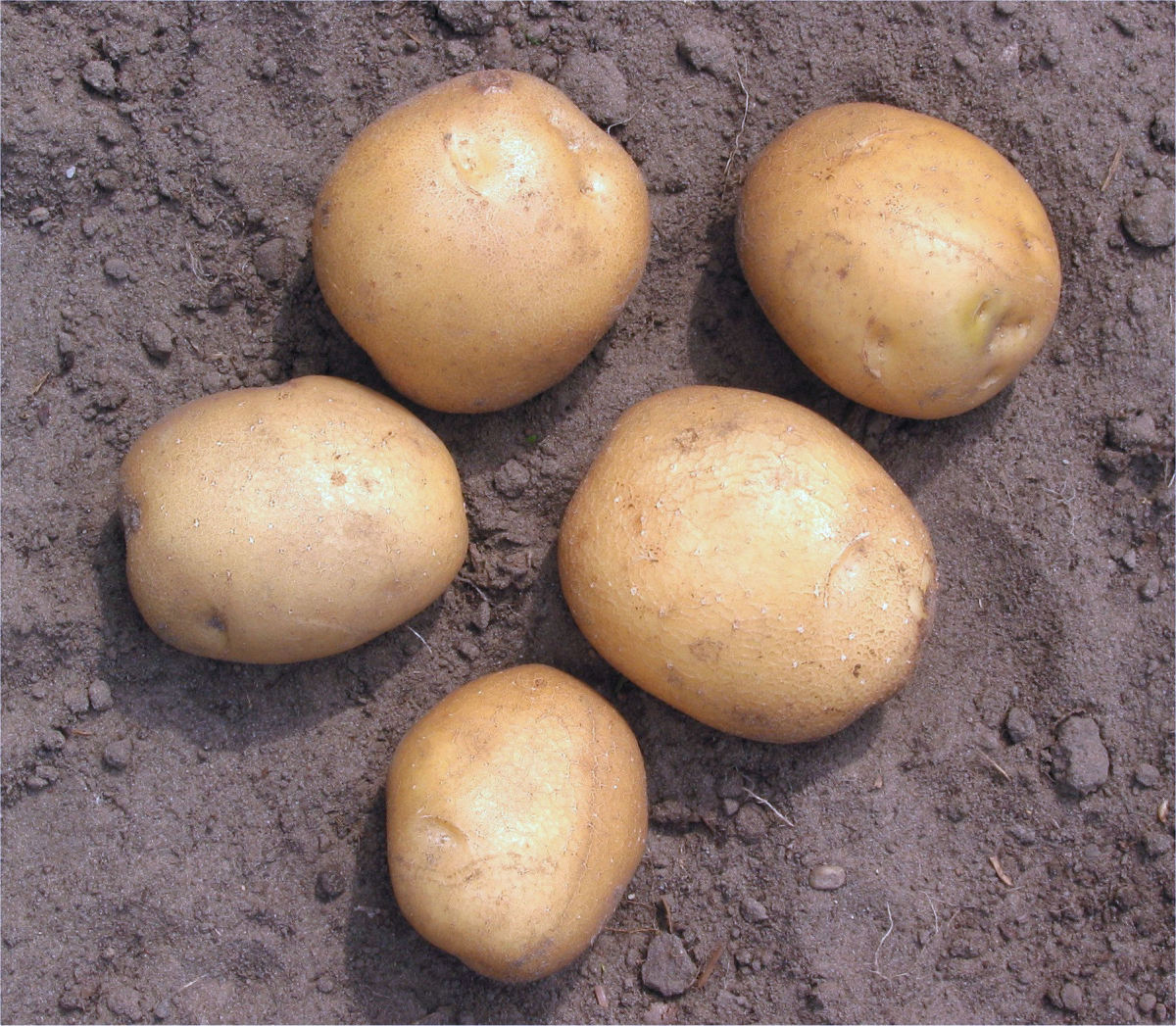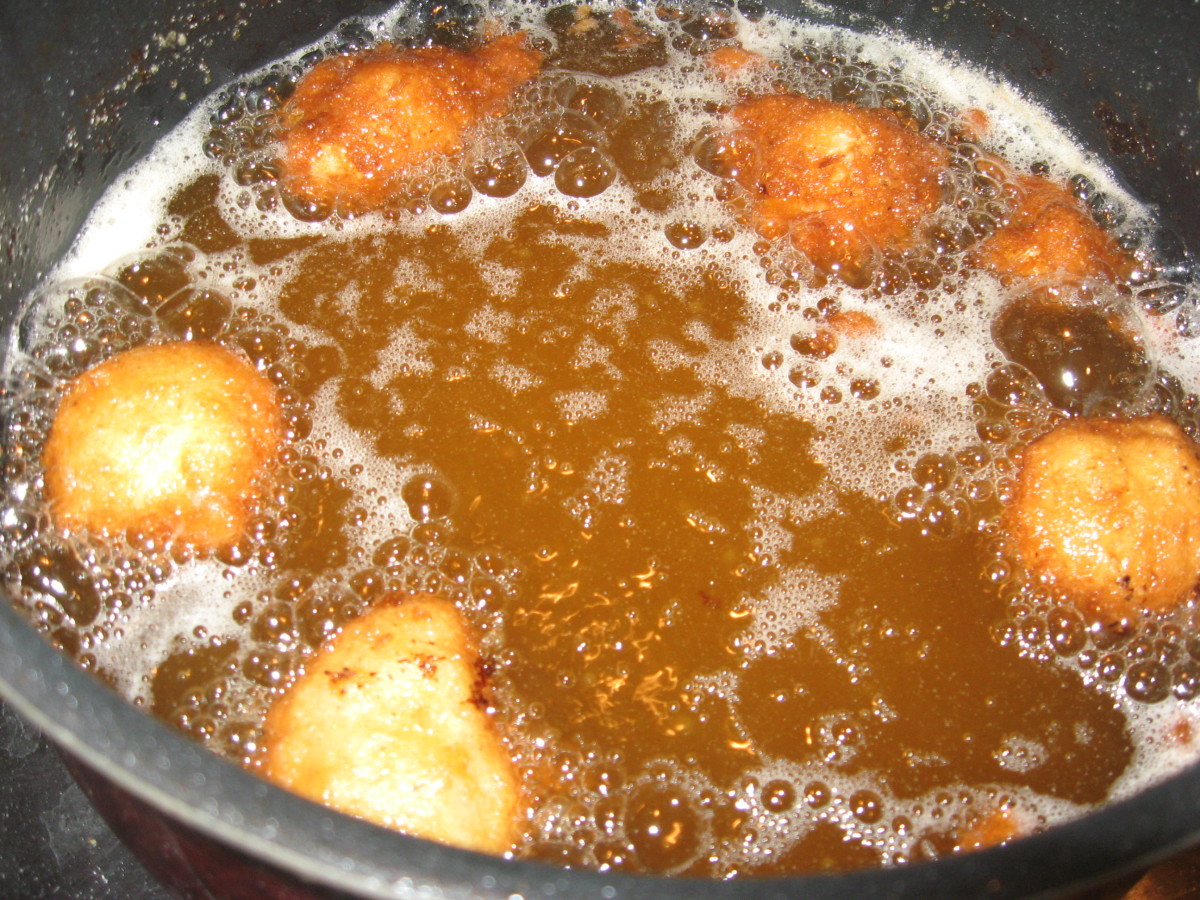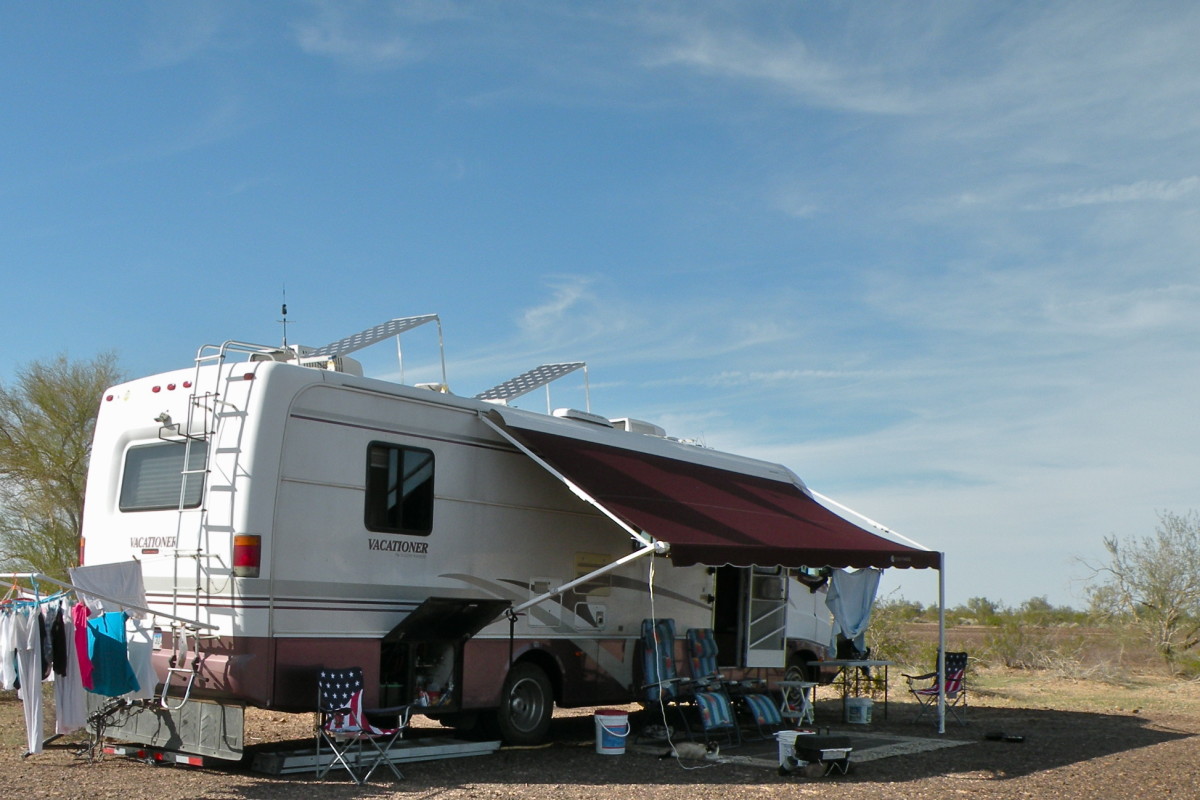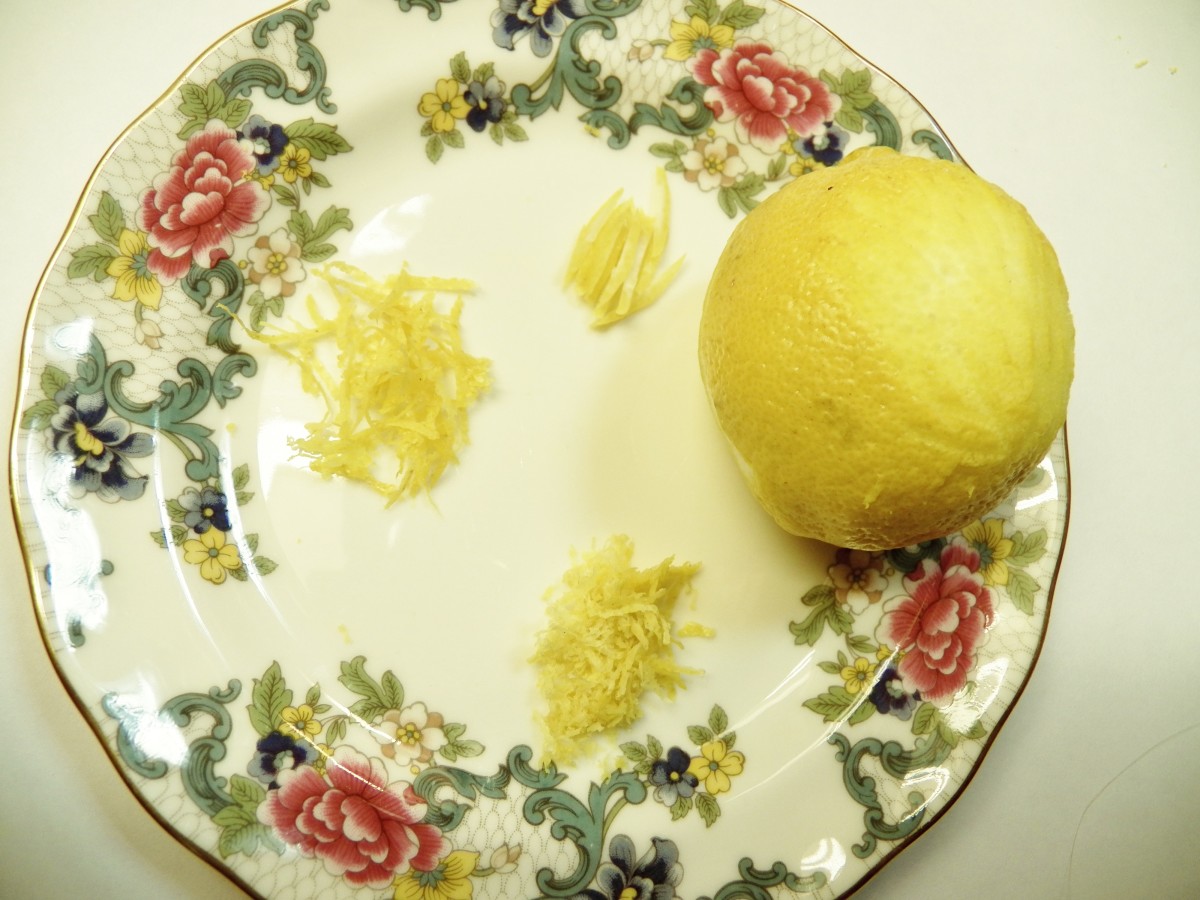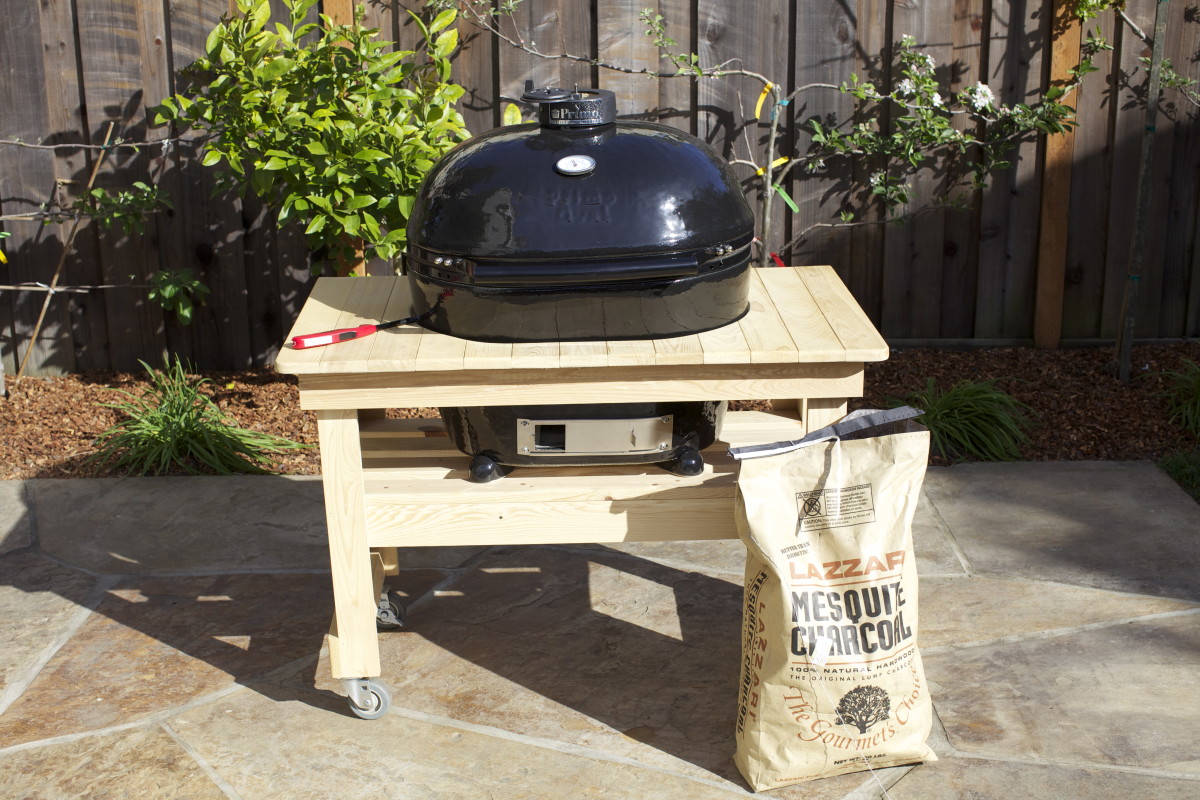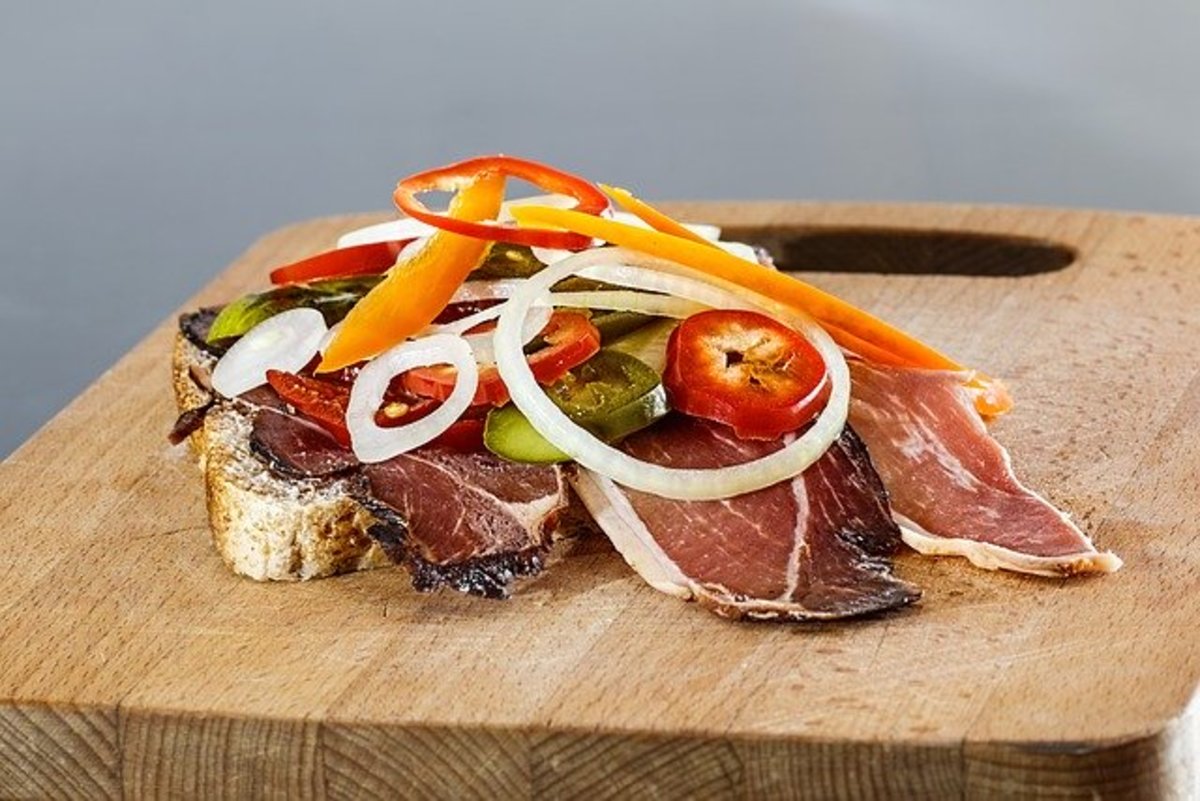Cooking An Alaskan Octopus

Living Off The Land
It was four summers ago when I had my first taste of Alaska's subsistence lifestyle. My Alutiiq (an Alaskan native tribe located in the Kodiak islands) friend, Marlene, our housekeeper, and her sister, Virginia, invited me to go octopus hunting one low tide morning. She and her family and friends showed me a way of living that I had only seen in films and read in newspapers.
On these tidal trips, Marlene would bring along a pair of boots for me to wear to tread the slick, slimy underworld where the octopus live. I was not properly, personally equipped to Alaskan village lifestyle--that I didn't bring my flashy outfits, did not count as semi-prepared.
With that little help from my friend, I had to, on my own, pace my balance for the feel of weeds could knock me off my feet. I would not want to splat on that muck...though danger didn't seem omnipotent.
Hereon forward, I giddily anticipate low tide days so I could participate in subsistence hunting for octopus, sea urchins, clams and bivalves.
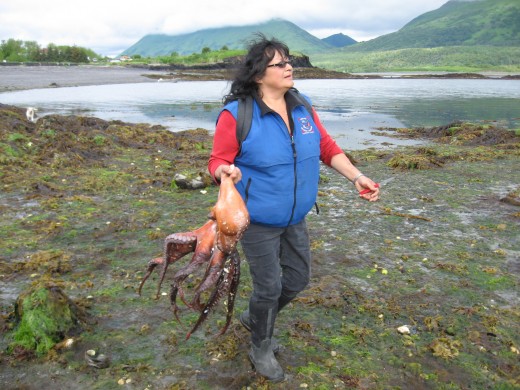
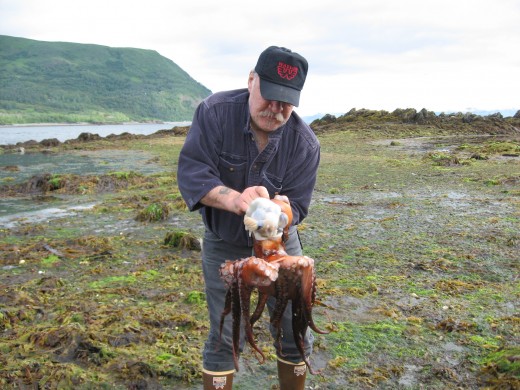
Octopus
Octopus Habitat around Larsen Bay, Alaska. My local friends schooled me on detecting octopus habitat. Discarded shells of bivalves, crabs scattered outside a rocky cave would be the signs of an octopus lair. Octopus are bottom-dwellers so they consume seashell creatures. Octopus are also chameleons in changing their appearance to trick prey and predator alike. They are considered intelligent creatures who could think.
Capturing an Octopus. Living in remote Alaska means improvisation due to limited accessibility for materials. The natives used to improvise a wire hook that they insert into the cave with great precision and speed. For a nano second of bad judgement on where the hook goes, the octopus will stick inside the cave and no amount of jerking would work. Nowadays, they have a different method that was introduced by the "white man" decades ago. I was told better not to divulged the method because the method is generally discouraged.
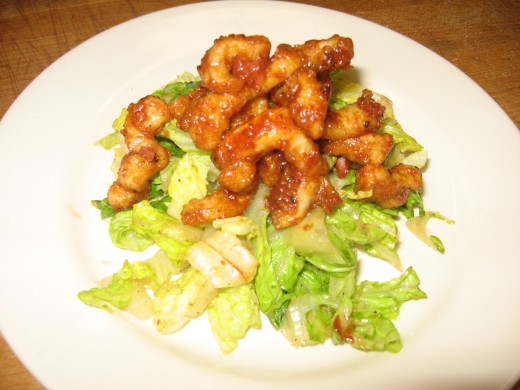
How To Cook An Octopus
Marlene prefer boiling tentacles until tender, then spice it up...hot. C'est delice! The octopus hood was given to me as additional delicacy for the guests. I had to try my special Spicy Calamares batter which I had always served at an Anchorage restaurant that I used to worked for. The difference was, I used baby squids.
Pound the octopus until a third thinner. Lift the skin from the hood. Cut into 1/4" thin strips of 1" or 2" length. Set aside in cooler while you prepare the batter. Once the batter is prepared, turn on your fryer to 375 degrees. Coat the octopus strips with the batter. Shake excess batter and put into the hot fryer. Remember that the fryer has to be at least 350 degrees, otherwise, the calamares will not cook perfectly. Just a minute in hot fryer. You would see the golden brown coloring. Remove and strain. Serve alone with sauce or serve on top of salad as shown in the picture.
Spicy Calamares Recipe:
2 Cups All Purpose Flour
1/4 Cup of Garlic Herb Blend product
1/8 Cup of Ground Paprika
4 Tablespoons Ground Cayenne Powder
Procedure:
Combine all ingredients to incorporate. Sift. Put in dry plastic bucket and cover. Can keep in room temperature for a week.
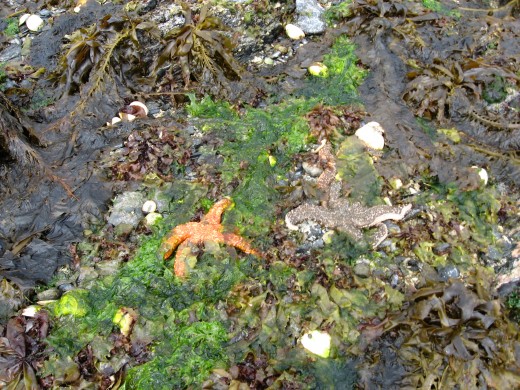
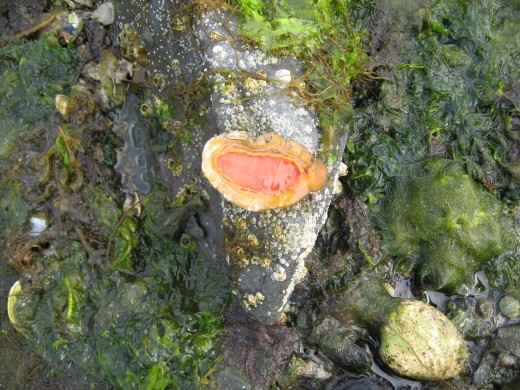
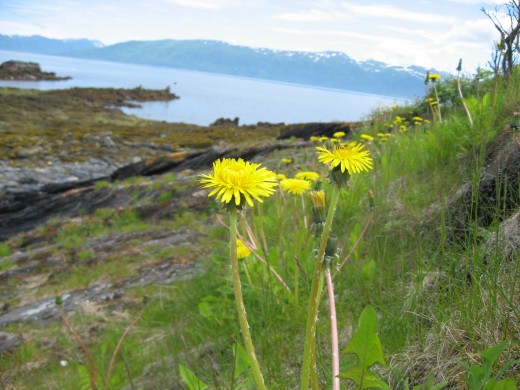
Different Angles of the Low Tide
Every available free time granted my way, my dog and I with my camera on hand, were my constant loyal companions. Capturing these wondrous sceneries has been exhilarating. Here are photos to reminisce about.


